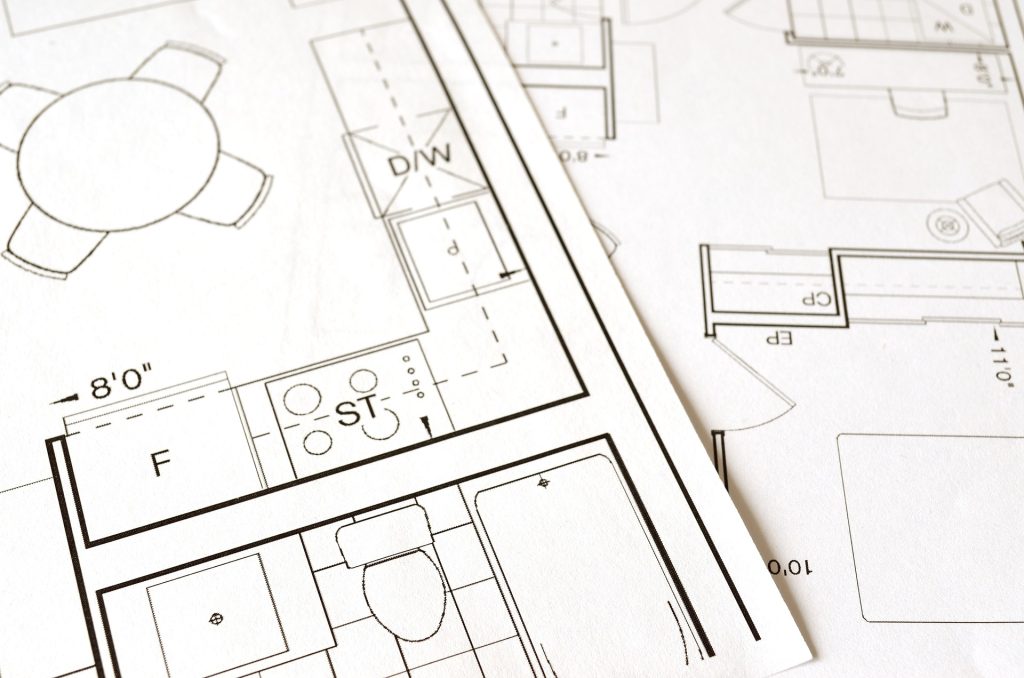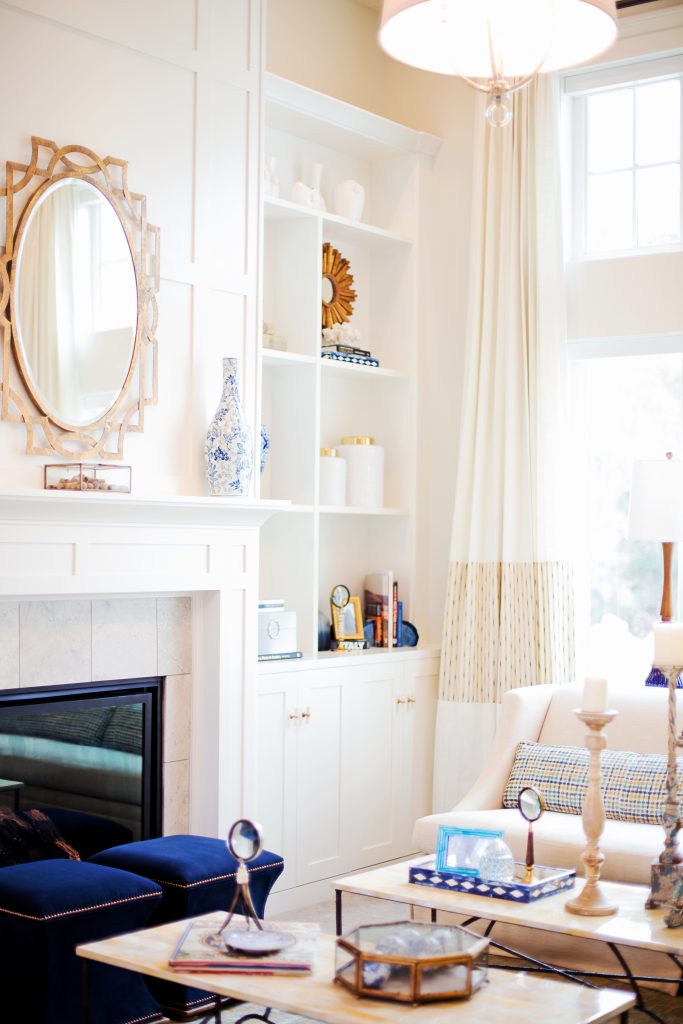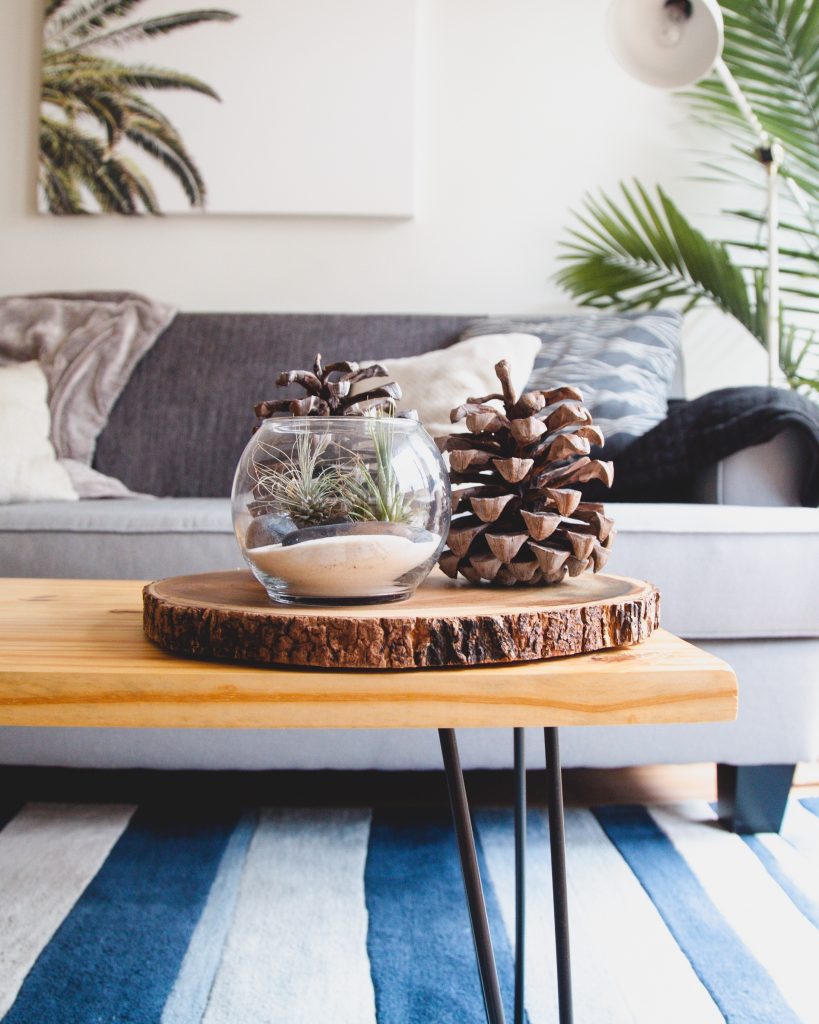Have you ever found yourself pondering the distinctions between interior designers, interior decorators, and interior stylists? What sets these three professions apart? And when you’re in need of professional assistance, who should you approach? Understanding the differences among these creative experts can help you make informed decisions when seeking their services for your space.
In Australia, the roles of interior designer, interior decorator, and interior stylist are distinct but related.
Here are their definitions:
Interior Designer:
An interior designer is a professional who is qualified and trained in the art and science of creating functional and aesthetically pleasing interior spaces. They possess a deep understanding of design principles, space planning, materials, and building codes. Interior designers work closely with clients to analyze their needs, preferences, and budgetary constraints, and then develop comprehensive design solutions for residential or commercial spaces. They may create architectural plans, select furniture, finishes, and lighting fixtures, and oversee the execution of the design project.

Interior Decorator:
An interior decorator focuses on the visual aspects of interior spaces, such as selecting and arranging furniture, accessories, color schemes, and decorative elements. They have a keen eye for aesthetics and possess a strong sense of style. Interior decorators work closely with clients to understand their tastes and preferences, and then curate and coordinate various design elements to create visually appealing and harmonious interiors. Unlike interior designers, interior decorators typically do not engage in structural modifications or architectural planning.

Interior Stylist:
An interior stylist is a professional who specializes in enhancing the visual appeal of interior spaces for various purposes, such as photography, advertising, or editorial shoots. They have a deep understanding of design trends, composition, and styling techniques. Interior stylists work with photographers, art directors, and designers to conceptualize and execute visually captivating interior setups. They carefully select and arrange furniture, props, accessories, and lighting to create a desired aesthetic and atmosphere for the intended purpose.

What’s the differences among interior designer, interior decorator, and interior stylist?
The differences among an interior designer, interior decorator, and interior stylist lie in their scope of work, qualifications, and areas of expertise. Here’s a breakdown of their distinctions:
- Interior Designer:
- Scope of Work: Interior designers focus on creating functional and aesthetically pleasing interior spaces. They consider factors such as spatial layout, building codes, safety regulations, and the overall flow and functionality of the space.
- Qualifications: Interior designers typically hold a degree in interior design or a related field. They undergo formal education and training to gain knowledge in design principles, space planning, building codes, and project management.
- Expertise: Interior designers possess a comprehensive understanding of architectural elements, materials, lighting, and construction techniques. They can develop architectural plans, oversee renovations, and collaborate with architects, contractors, and other professionals.
- Interior Decorator:
- Scope of Work: Interior decorators focus primarily on the visual aspects of interior spaces. They specialize in selecting and arranging furniture, accessories, color schemes, and decorative elements to create a desired aesthetic.
- Qualifications: While formal education is not always required, many interior decorators pursue training or certification programs to enhance their skills. They often have a strong sense of style, color coordination, and an understanding of design principles.
- Expertise: Interior decorators excel in creating visually appealing and harmonious interiors. They work closely with clients to understand their preferences and transform spaces by curating and coordinating design elements. However, they generally do not engage in structural modifications or architectural planning.
- Interior Stylist:
- Scope of Work: Interior stylists focus on enhancing the visual appeal of interior spaces, typically for photography, advertising, or editorial purposes. They create styled setups by selecting and arranging furniture, props, accessories, and lighting.
- Qualifications: Interior stylists may have backgrounds in interior design, visual merchandising, or styling. They possess a keen eye for design trends, composition, and aesthetics.
- Expertise: Interior stylists excel in creating captivating visuals and atmospheres. They collaborate with photographers, art directors, and designers to conceptualize and execute styled interior setups specifically for photography or other media purposes.
While these roles have distinct focuses, it’s important to note that there can be overlap and flexibility in their responsibilities. Some professionals may combine elements from multiple roles based on their expertise and the specific requirements of a project.
